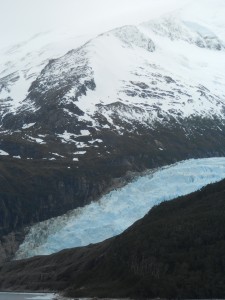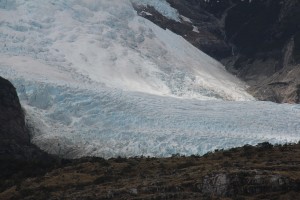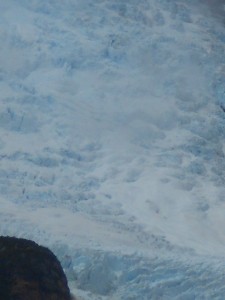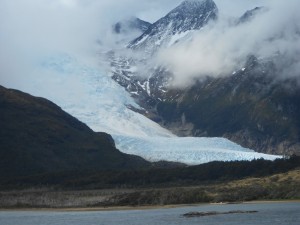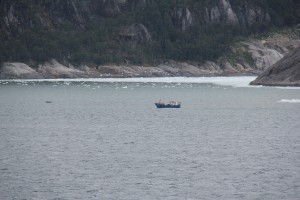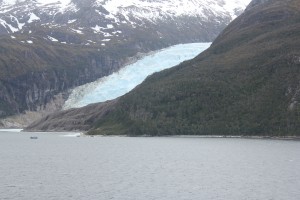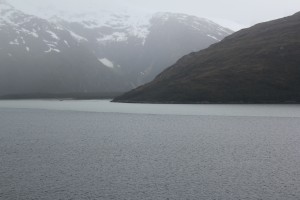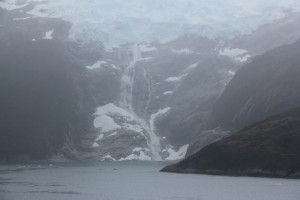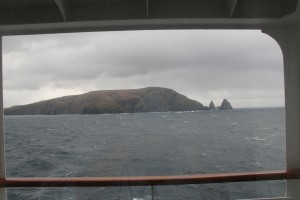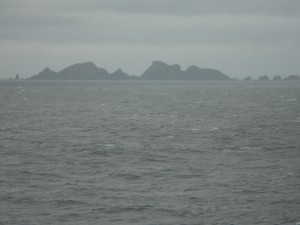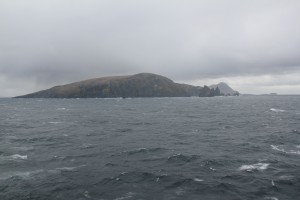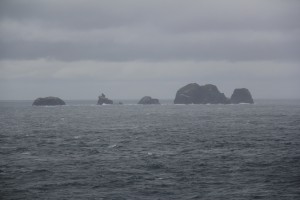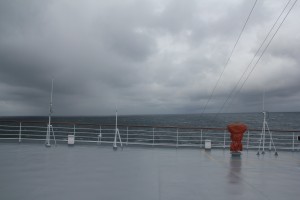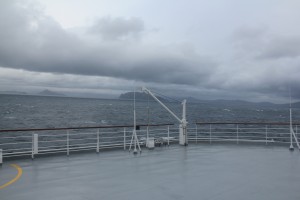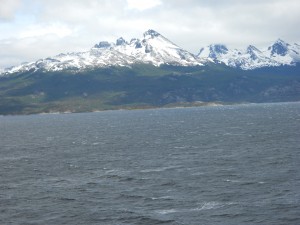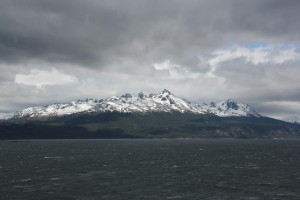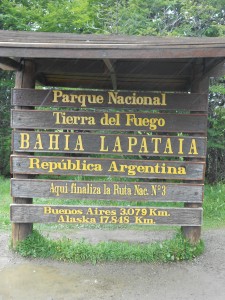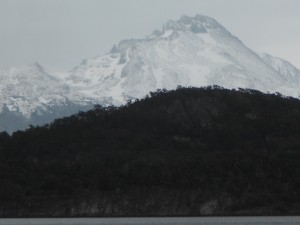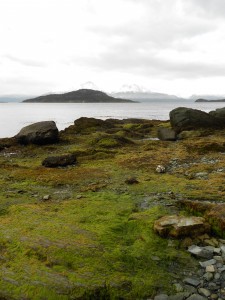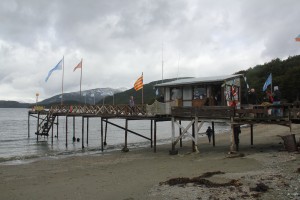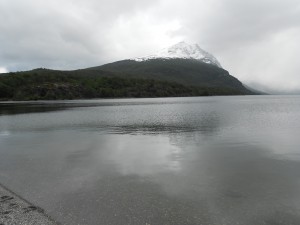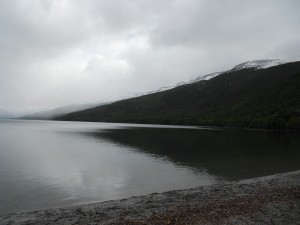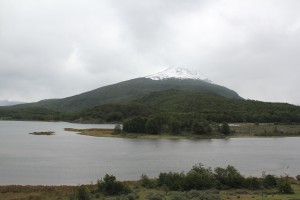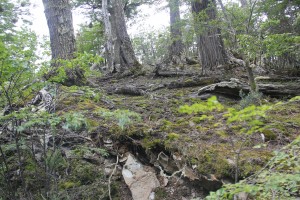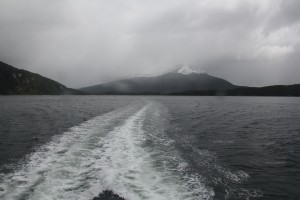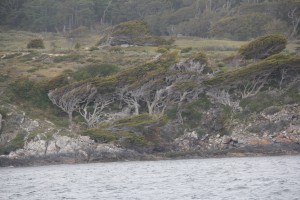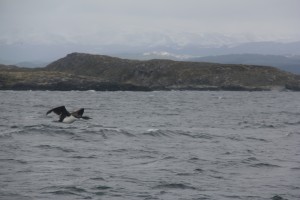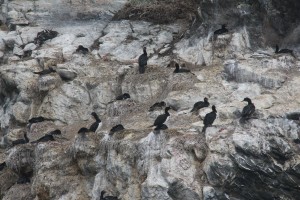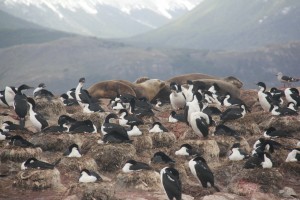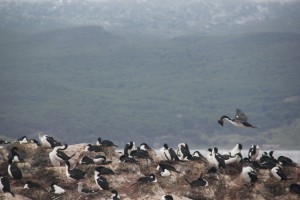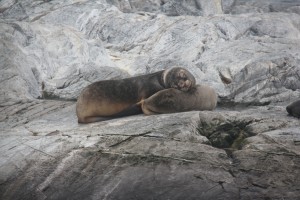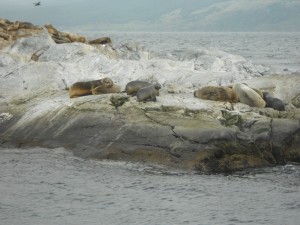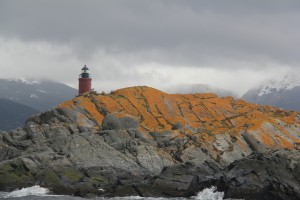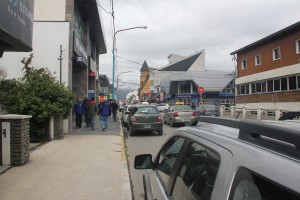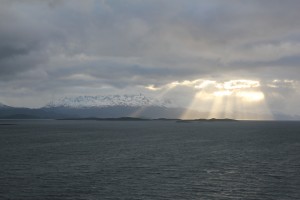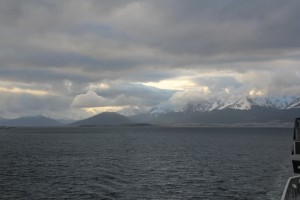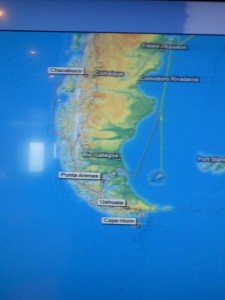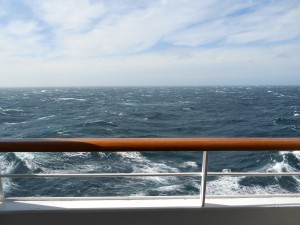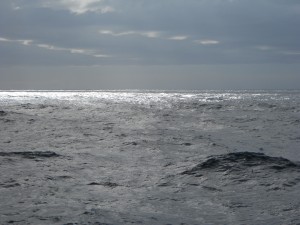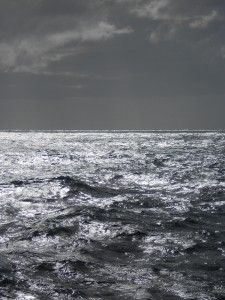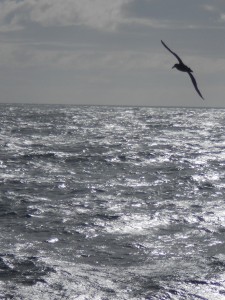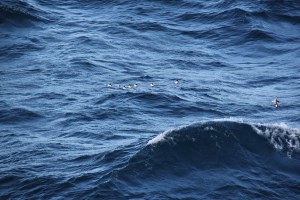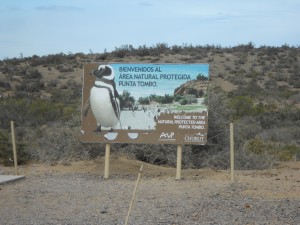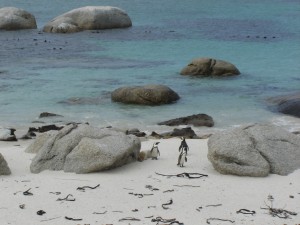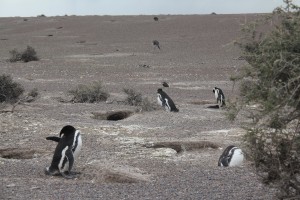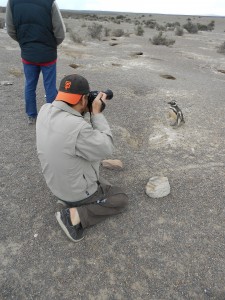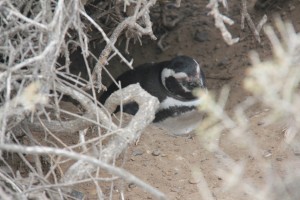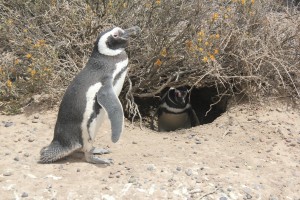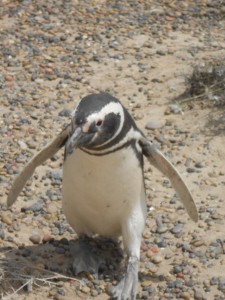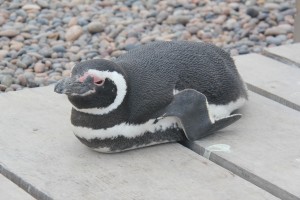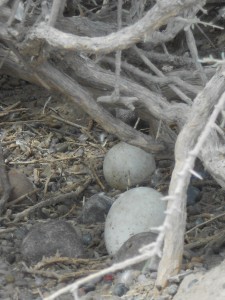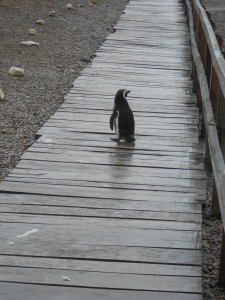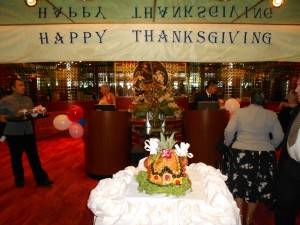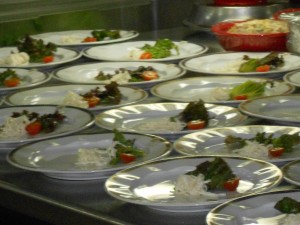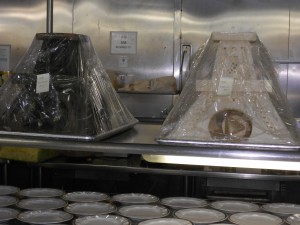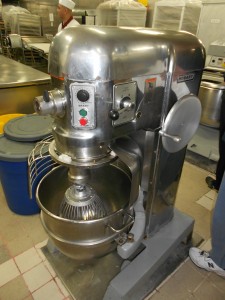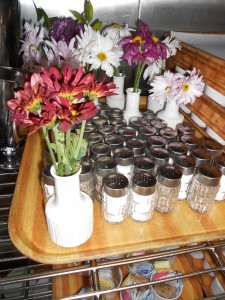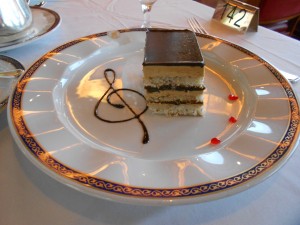I started taking yoga classes in the late summer of 2009, a few weeks before my 41st birthday. I had just recovered from a debilitating back spasm and was determined to strengthen myself against future back spasms. More than three years later, I’ve become addicted to the classes at Flying Yoga, my neighborhood yoga studio run by the inimitable Laura Camp. I haven’t had a serious back spasm in three years. Best of all, I’ve had the pleasure of meeting — and practicing with — some of the nicest people the Bay Area has to offer.
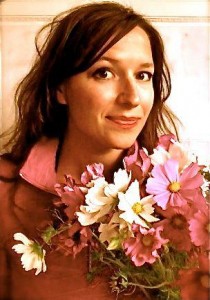 One of these people is the instructor Rachel Meyer, who, in addition to running a super-fun but super-tough class on Sunday mornings, is a writer working on a book project you can read about on her blog. It doesn’t surprise me that both writing and yoga come naturally to Rachel, since both require the same set of skills: focus, discipline, a sense of humor, and a willingness to return to the practice despite any frustrations or setbacks. In her classes she makes no pretense that the poses are easy — but what she does do is offer me the possibility that someday, maybe, I’ll get that funky pose right. I think I could say the same thing about the many fine instructors who have patiently overeen my progress these past three years.
One of these people is the instructor Rachel Meyer, who, in addition to running a super-fun but super-tough class on Sunday mornings, is a writer working on a book project you can read about on her blog. It doesn’t surprise me that both writing and yoga come naturally to Rachel, since both require the same set of skills: focus, discipline, a sense of humor, and a willingness to return to the practice despite any frustrations or setbacks. In her classes she makes no pretense that the poses are easy — but what she does do is offer me the possibility that someday, maybe, I’ll get that funky pose right. I think I could say the same thing about the many fine instructors who have patiently overeen my progress these past three years.
Anyway, Rachel reached out to me as part of a “chain blog” to answer ten questions, listed in bold below, about a book I’ve recently published or a work in progress. In my case, I have a recently published book and a work in progress. I wasn’t sure which one I wanted to write about. The book I published has been out there since August. But the project I’m working on is still in the claymaking phase (as opposed to the sculpting phase), and I’m very reluctant to say anything about it yet, not even the working title. So for those of you who aren’t yet familiar with “You Are Here,” I give the color below. For those of you curious to know where I am on the current project, check out the postcript at the bottom.
Enjoy!
What is your working title of your book (or story or article or whatever)?
“You Are Here.”
Where did the idea come from for the book?
The first literary spark came from Jane Austen’s brilliant “Mansfield Park,” in which the dashing rake, Henry Crawford, falls under the spell of the quiet, unassuming Fanny Price. I even remember the sentence that made me first want to start writing fiction: “It would be something to be loved by such a girl, to attract the first ardors of her young, unsophisticated mind!” I’ve always been intrigued by the concept of the man who can have (almost) anyone he wants, yet finds himself falling for the one person he can’t have.
And then there was the passage of Proposition 8. I could write at length on the injustice of that law and how angry it still makes me feel. But if there was one good thing about that law, is that it gave me ideas for the story arc of my book’s three main characters – Peter, Miles, and Nick. So this book incorporates many layers of my life, coming in at different times of my life.
What genre does your book fall under?
Gay literary fiction. Or gay romance. Or a story in which the main characters happen to be a bunch of gay guys.
Which actors would you choose to play your characters in a movie rendition?
The first fiction-writing class I ever took was at Harvard Extension, taught by the formidable Pamela Painter. I remember her forbidding us, in her usual forceful tone of voice, that we should never, ever picture our stories based on a movie or movie stars. If there is ever a movie rendition of “You Are Here,” I expect the characters would be played by a bunch of unknown actors who then go on to make their careers – you know, like Leonardo DiCaprio in “What’s Eating Gilbert Grape.”
What is the one-sentence synopsis of your book?
A young painter moves to San Francisco to escape a personal tragedy and finds himself the unlikely love object of two more experienced men.
Will your book be self-published or represented by an agency?
I’ve self-published both books. I’ll probably self-publish the third.
How long did it take you to write the first draft of your manuscript?
It was a hell of a long time ago, but I’m pretty sure I first attempted a draft in 1996 and finished it in 2000 under the title “Peter’s Room.” I actually managed to get an agent for the book, who shopped it around without success for two years. By then, I’d already started another book – “The Love Thing,” my first published novel – which I finished by the end of 2006. While “The Love Thing” got shopped around (without success), I then turned back to “Peter’s Room,” which I drastically rewrote and published as “You Are Here.” Looking back on it, I’m glad the book never got published the first time. The time wasn’t right.
What other books would you compare this story to within your genre?
Anything by Stephen McCauley (particularly “The Object of My Affection”).
Who or what inspired you to write this book?
In 1993, I quit a sputtering career in journalism to move from Boston to San Francisco and devote myself to writing fiction. My new home turned out to be a scarier and more confusing place than I’d anticipated it. (You can read more about that on a guest blog I wrote for The Huffington Post’s Gay Voices series.) So that was very much on my mind when I first conceived the idea for this book.
What else about your book might pique the reader’s interest?
A very generous Goodreads reviewer said she liked my work because my books “are just. …more. They’re not your typical romance. They’re not even all that steamy, really. But it totally works. Because you’re dealing with characters who are making mistakes and are going through some hard things in their lives, and nothing is easy, which is more true to life than most books you read.” I invite all potential readers to check out my books to see if that reviewer got it right.
What about the next book?
On January 17, 2012, I made a public bet that if I didn’t have a draft of my third novel completely finished in 90 days, I would donate $100 to an anti-gay marriage charity. Horrified by even the remote possiblity that this would happen, I finished this draft in 90 days — on April 15, to be exact — and donated the money to Planned Parenthood instead. I wrote 102,000 words. I printed out what I’d written and circled the parts that I wanted to carry forward to the second draft. Then, on May 29, I began this second draft. As of today, I have 83,108 words written.
I’ve made a public commitment to have this third book out by 2015. For this to happen, I would have to have the manuscript in final form by the end of 2014 or early 2015 at the latest — after that, I would then move to getting a professional editing job, a process that took me about three months for “You Are Here.” In order for me to have a manuscipt in decent enough shape between now and then, I am going to have to write pretty much every day. What I have so far is still a mess. But I’m not worried. It’s just like yoga — if I fall today, I’ll just keep on returning to the mat until I get the damned pose right.



